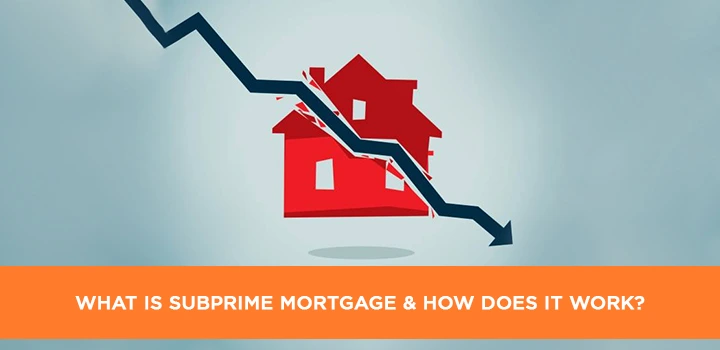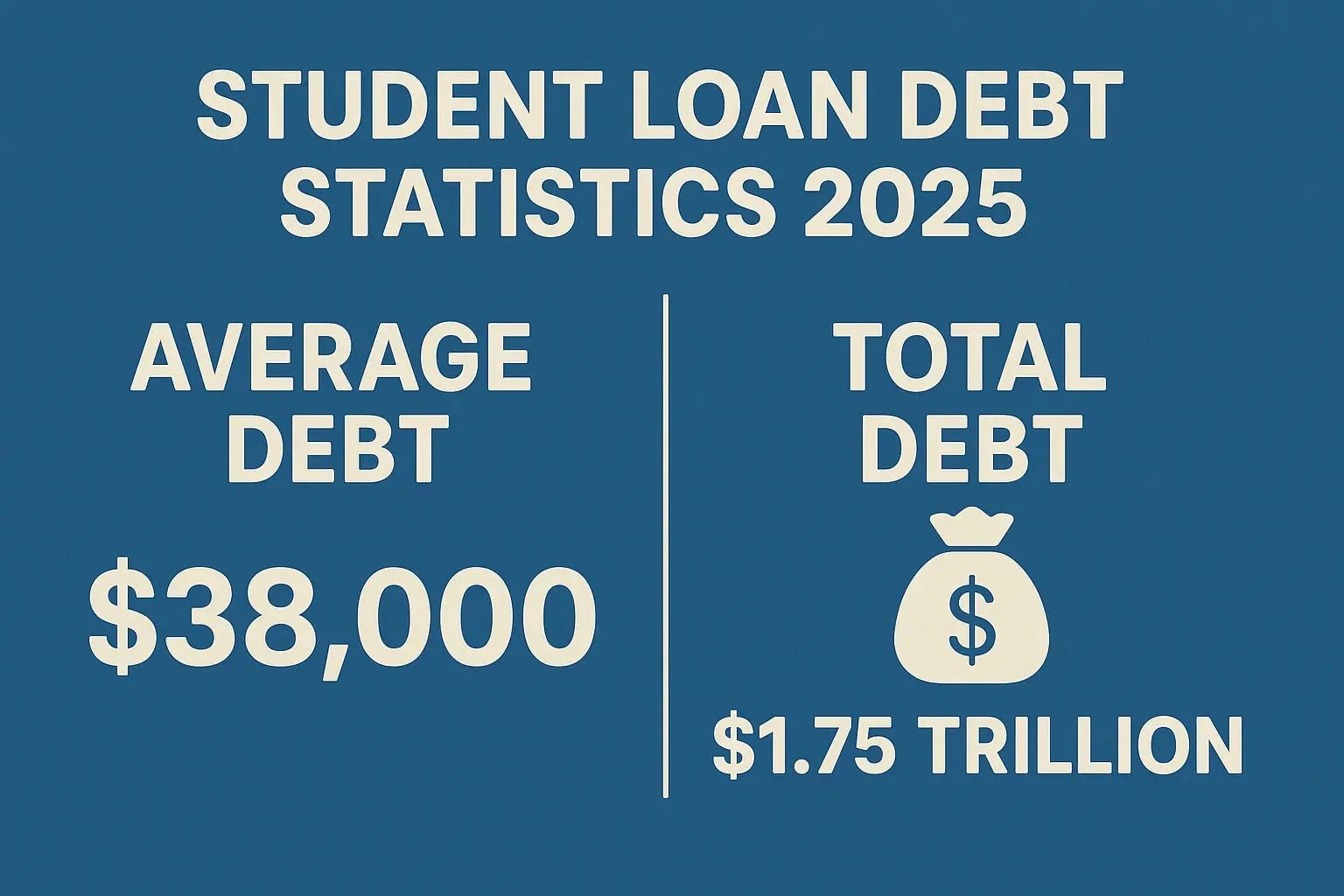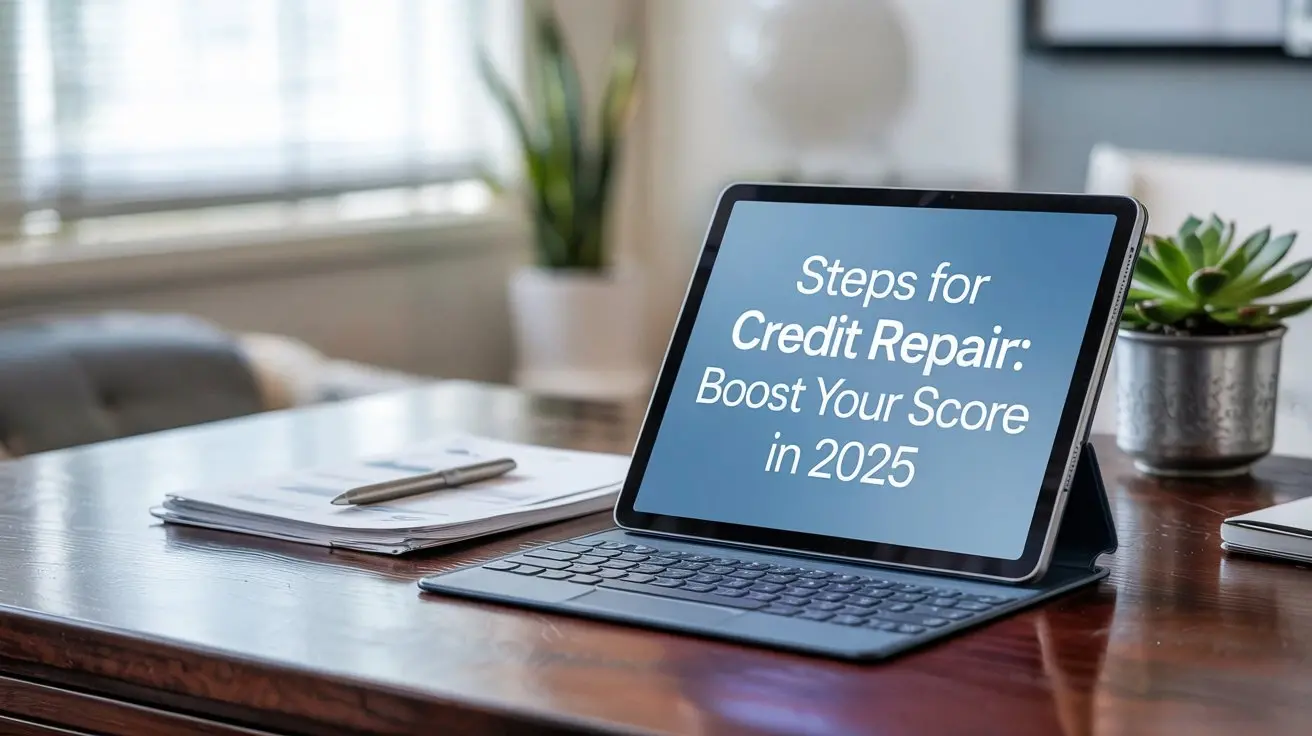-
Posted on: 23 Jun 2023

-
The world of mortgages can be complex, with various types catering to different financial situations. Among these, the subprime mortgage stands out due to its association with higher risk and its significant role in the 2008 financial crisis. This comprehensive guide will delve into the intricacies of subprime mortgages, explaining what they are, how they work, the associated risks, and their historical impact.
Understanding Subprime Mortgages
A subprime mortgage is a type of home loan offered to borrowers with impaired credit histories or other factors that make them a higher risk for lenders. These factors often include a low credit score, a history of late payments, high debt-to-income ratio (DTI), or lack of sufficient documentation to prove income.
Defining Subprime
The term "subprime" essentially means "below prime." Prime mortgages are offered to borrowers with excellent credit scores and stable financial situations. Subprime borrowers, on the other hand, are considered riskier and therefore, are charged higher interest rates and fees to compensate lenders for the increased likelihood of default.
Characteristics of Subprime Mortgages
- Higher Interest Rates: Subprime mortgages typically have significantly higher interest rates than prime mortgages. This is the primary way lenders mitigate the risk associated with lending to borrowers with poor credit.
- Higher Fees: Borrowers may face higher origination fees, prepayment penalties, and other charges.
- Adjustable-Rate Mortgages (ARMs): Many subprime mortgages are structured as ARMs, where the interest rate is fixed for a certain period (e.g., 2, 3, or 5 years) and then adjusts periodically based on a benchmark interest rate. This can lead to payment shock when the rate resets.
- Limited Documentation: Some subprime loans, especially during the housing bubble, were offered with limited or no documentation of income or assets, making it difficult to assess the borrower's ability to repay. These were often called "no-doc" or "liar's loans."
- Higher Loan-to-Value (LTV) Ratios: Subprime mortgages often allowed for higher LTV ratios, meaning borrowers could finance a larger portion of the home's value, reducing their equity and increasing the risk of foreclosure.
How Subprime Mortgages Work
The process of obtaining a subprime mortgage is similar to that of a prime mortgage, but with some key differences. Here's a breakdown of the typical steps involved:
- Application: The borrower applies for a mortgage with a lender. They will be required to provide information about their income, assets, debts, and credit history.
- Credit Check: The lender will pull the borrower's credit report to assess their creditworthiness. This is a crucial step in determining whether the borrower qualifies for a subprime loan.
- Underwriting: The lender will evaluate the borrower's ability to repay the loan based on their income, assets, and debts. This may involve verifying income, reviewing bank statements, and assessing the borrower's debt-to-income ratio.
- Appraisal: An appraiser will assess the value of the property to ensure that it is worth the amount being borrowed.
- Approval and Closing: If the lender approves the loan, the borrower will sign the loan documents at closing and receive the funds to purchase the home.
Interest Rate and Payment Structure
The interest rate on a subprime mortgage is a critical factor determining the affordability of the loan. As mentioned earlier, these rates are typically higher than those offered on prime mortgages. The payment structure may also vary, with some subprime loans featuring introductory "teaser" rates that are lower than the fully indexed rate. However, these teaser rates are temporary and will eventually adjust upward, leading to higher monthly payments.
Risk Factors for Borrowers
Borrowing a subprime mortgage comes with significant risks for borrowers. These risks include:
- Payment Shock: Adjustable-rate mortgages can result in significant increases in monthly payments when the interest rate resets, leading to payment shock.
- Foreclosure: If the borrower is unable to keep up with the mortgage payments, they risk losing their home to foreclosure.
- Negative Equity: If the value of the home declines, the borrower may end up owing more on the mortgage than the home is worth, a situation known as negative equity or being "underwater."
- Damaged Credit: Foreclosure or even late payments can severely damage a borrower's credit score, making it difficult to obtain credit in the future.
The Subprime Mortgage Crisis of 2008
The subprime mortgage market played a central role in the 2008 financial crisis, one of the most significant economic downturns in modern history. The crisis was triggered by a combination of factors, including:
- Relaxed Lending Standards: During the early 2000s, lending standards became increasingly lax, with lenders offering subprime mortgages to borrowers who were unlikely to repay them.
- Securitization: Subprime mortgages were often bundled together into complex financial instruments called mortgage-backed securities (MBS). These securities were then sold to investors around the world, spreading the risk of default.
- Housing Bubble: A rapid increase in housing prices fueled the growth of the subprime mortgage market. As long as housing prices continued to rise, borrowers could refinance their mortgages or sell their homes for a profit.
- Interest Rate Hikes: When the Federal Reserve began raising interest rates in 2004, adjustable-rate mortgages reset to higher rates, leading to payment shock for many borrowers.
The Domino Effect
As borrowers began to default on their subprime mortgages, the value of mortgage-backed securities plummeted. This led to significant losses for financial institutions that held these securities, triggering a credit crisis. Banks became reluctant to lend to each other, and the stock market crashed. The crisis spread throughout the global economy, leading to a recession.
Lessons Learned
The subprime mortgage crisis highlighted the dangers of excessive risk-taking, inadequate regulation, and the complexity of modern financial instruments. In the aftermath of the crisis, regulators implemented stricter lending standards and increased oversight of the financial industry to prevent a similar event from happening again.
Alternatives to Subprime Mortgages
If you have a less-than-perfect credit score, subprime mortgages aren't your only option. Consider these alternatives:
- FHA Loans: The Federal Housing Administration (FHA) offers mortgage insurance to lenders, making them more willing to lend to borrowers with lower credit scores and smaller down payments.
- VA Loans: The Department of Veterans Affairs (VA) offers mortgage guarantees to eligible veterans, active-duty service members, and their families. VA loans typically have lower interest rates and require no down payment.
- USDA Loans: The U.S. Department of Agriculture (USDA) offers mortgage guarantees to borrowers in rural areas. USDA loans are designed to help low- and moderate-income families purchase homes in designated rural areas.
- Credit Counseling: Working with a credit counselor can help you improve your credit score and develop a budget that allows you to manage your debt effectively.
- Saving for a Larger Down Payment: A larger down payment can reduce the amount you need to borrow and lower your interest rate. It also demonstrates to lenders that you are committed to the purchase.
- Consider Renting: If you're not ready to buy, renting can be a more financially stable option, allowing you to improve your credit and save for a down payment.
Tips for Borrowers with Imperfect Credit
If you have imperfect credit and are considering a mortgage, here are some tips to keep in mind:
- Check Your Credit Report: Review your credit report for errors and dispute any inaccuracies.
- Improve Your Credit Score: Pay your bills on time, reduce your debt, and avoid opening new credit accounts.
- Shop Around for the Best Rates: Compare offers from multiple lenders to find the best interest rate and terms.
- Read the Fine Print: Understand the terms and conditions of the loan before you sign anything.
- Seek Professional Advice: Consult with a financial advisor or mortgage broker to get personalized advice.
The Future of the Subprime Mortgage Market
The subprime mortgage market has changed significantly since the 2008 financial crisis. Lending standards are now much stricter, and regulators are closely monitoring the industry. While subprime mortgages still exist, they are subject to greater scrutiny and are offered to a smaller segment of borrowers.
The future of the subprime mortgage market will likely depend on several factors, including economic conditions, regulatory changes, and the availability of alternative financing options. It is essential for borrowers with imperfect credit to be cautious and informed when considering a subprime mortgage.




